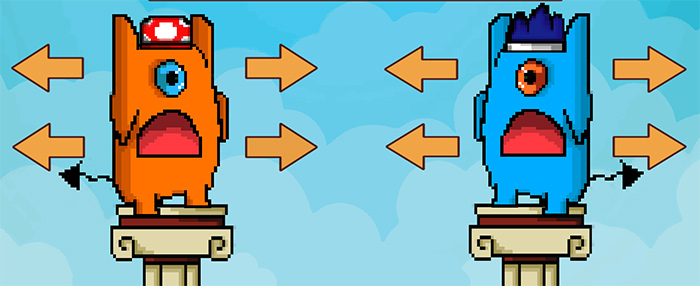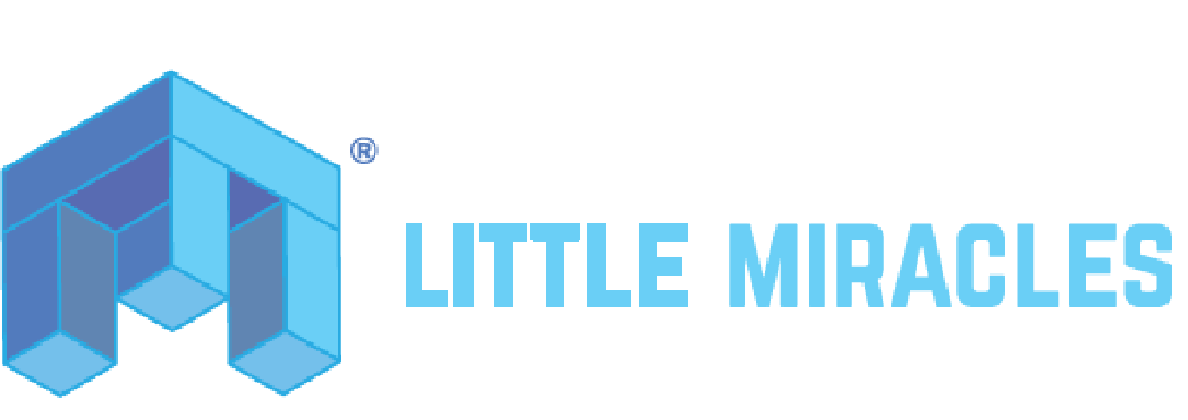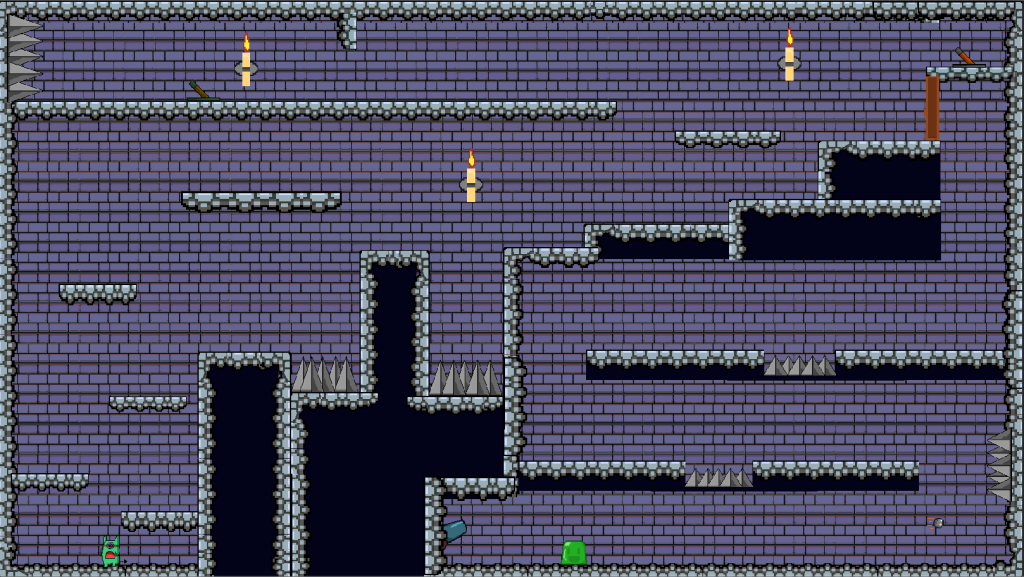
The second day began with the design of characters and levels. Our idea was to create five or six themed levels and their counterpart for two players: we had a tutorial world, a dungeon, a castle, a forest, a factory, heaven… From the beginning it was clear that the multiplayer levels should be symmetrical for the sake of gameplay while similar to their corresponding solo challenges, but in the end they were far from simple adaptations and ended up proposing a unique and distinct challenge.
And then, three more days passed: we had the character to design, which went very fast, the tiles and environmental assets to draw, the levels themselves … and, of course, we had to program the basic control of the game. In the end, it was about making a character who walked endlessly and could jump and bounce off the walls, creating some kind of assisted double jump system. Also notable is the introduction of a variable height jump, a capability we took advantage of in various challenges throughout the levels. To summarize this part, I’ll say that the Unity Endless Runner Tutorial by gamesplusjameswas very helpful. The engine, of course, was Unity3D.
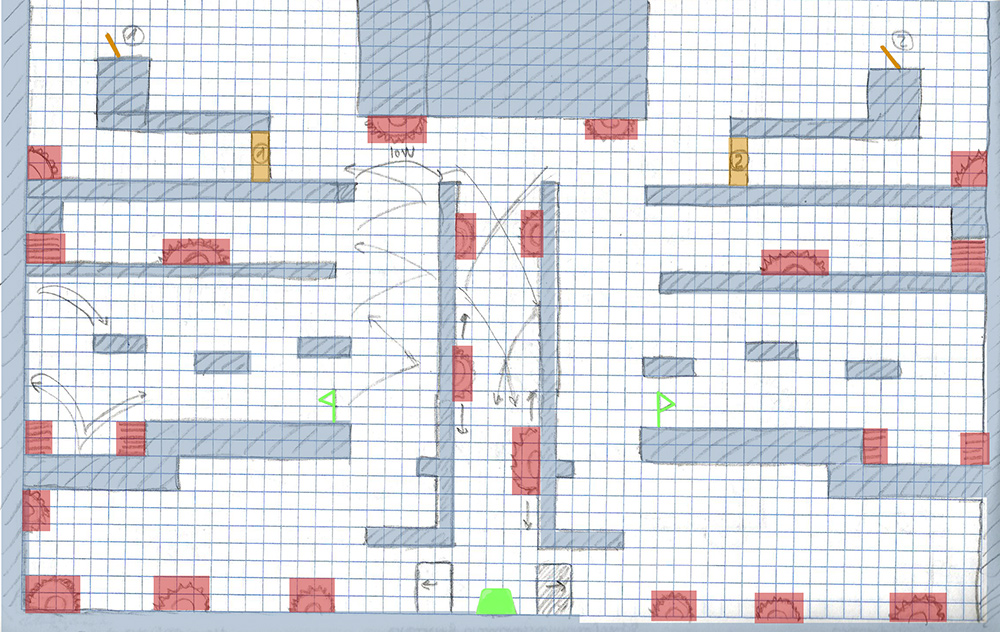
About level design, there is little to discuss. Basically, every map in the game is contained in the screen, so it’s always “what you see is what you get” (or, more precisely, “what you see is where you can get”). You have to go from point A to point B dodging traps, jumping between platforms and opening doors. It’s easy to conceptualize, but keeping it fresh becomes somewhat complicated after several iterations. We quickly realized that some of our early designs did not work too well when moved from paper to screen, but luckily we had time to correct them at some points and to introduce a couple of tutorials that facilitated the learning process.
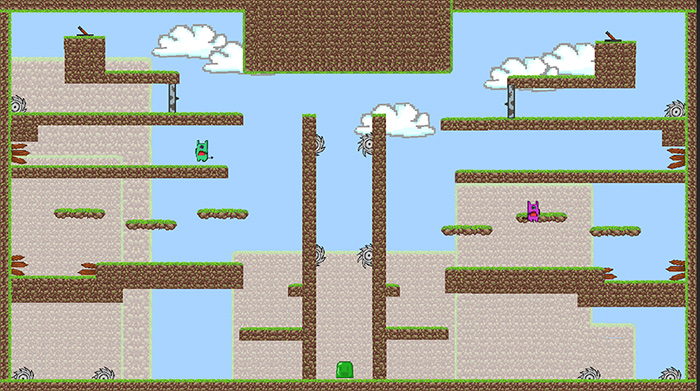
Ah, audio. We had it in mind since the beginning, so we scheduled a generous period in the last days to compose three simple themes and the sound effects we needed (jump, cannon shoot, death… that’s pretty much everything). Eventually, the sound panorama became too scarce, mostly because of the feeling of repetition after hearing the same 30-second loopings for hours and days, but it certainly did the job in the first stage. We’re very grateful for being able to use free and accessible tools such as Bosca Ceoil for the music and BFXR for the sound effects.
Finally, we had time to finish it, test it and submit a product that everyone enjoyed (in fact, we won the jam!). We got to createfive pairs of levels, which guaranteed a fair amount of fun. We included different pairs of opposite hats as our character customization tool: there was Naruto versus Luffy, Minions versus Rabbids, cowboys versus American Indians and Toad versus Sonic.
